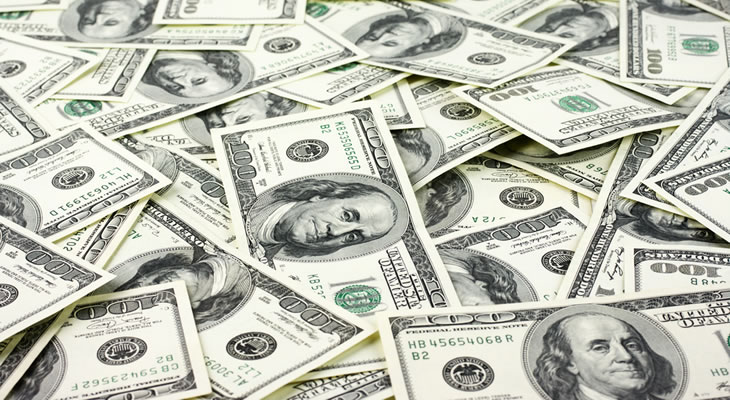GBP/USD Exchange Rate Wavers as Real-Term UK Wages Plummets
The Pound US Dollar (GBP/USD) exchange rate is fluctuating in the wake of underwhelming employment data. Real-term wages fell at fastest rates in over 20 years.
At time of writing the GBP/USD exchange rate is around $1.2220, relatively unchanged from this morning’s opening levels.
Pound (GBP) Undermined by Weakening Jobs Data
The Pound (GBP) is trading erratically this morning against most of its rivals as employment data printed to mixed reviews.
Despite unemployment holding close to a 50-year low of 3.7%, the number of people filing for unemployment benefits soared. Jumping by 19.7k, the figure outpaced last month’s figure and is the largest increase since February 2021.
Further concerning reading for GBP investors, is falling real-term wages. Average real-terms pay in the UK tumbled at the fastest rates in over 20 years. Lagging far behind the private sector, public sector pay continues to fall, as wages declined by 2.6%. Jonathan Ashworth, the Shadow Work and Pensions Secretary, highlights the worsening situation:
‘Real wages are plummeting, almost two and a half million people are out of work because of sickness and far too many people – especially the over-50s – aren’t getting the support they need to either stay in work or to go back to work.’
Looking ahead, the latest headline CPI figure is set to be released tomorrow. With another expected modest softening of inflation, the figure still points to sky-high inflation. Expectations of the Bank of England (BoE) to continue raising interest rates to fight inflation could boost Sterling.
US Dollar (USD) Supported by China Growth Fears
The US Dollar (USD) is trading sideways amid a mixed market mood. A generally risk-averse mood this morning buoyed the safe-haven US Dollar but has since improved.
Concerning news out of China could be lending some modest support to the ‘Greenback’. Despite GDP growth data exceeding expectations and showed a 2.9% Q4 growth, it was a drastic slowdown from Q3. The reading showed the slowest rate of growth in the world’s second largest economy in almost 50 years. Louise Loo, Senior Economist at Oxford Economics commented:
‘Activity data in December surprised broadly to the upside, but remains weak, particularly across demand-side segments such as retail spending.’
Looking ahead, and the US Dollar could see further movement with the release of PPI and retail sales data. An expected decline in producer prices, and a slip in retail sales, could see the ‘Greenback’ slide.


Comments are closed.